Both professionals and amateurs play football. This sport is one of the most popular all over the world. Millions of people of different ages and social status give him preference. But without a good ball, a quality game is impossible. It is the ball, and not only the athlete, that affects the accuracy of the blow, and that's exactly what the player's main goal is. In today's article, we tried to give the most detailed and important information about what kinds and sizes of soccer balls are, from which they are made, how they are arranged. Tips from our sports experts will help you when choosing a ball for football.
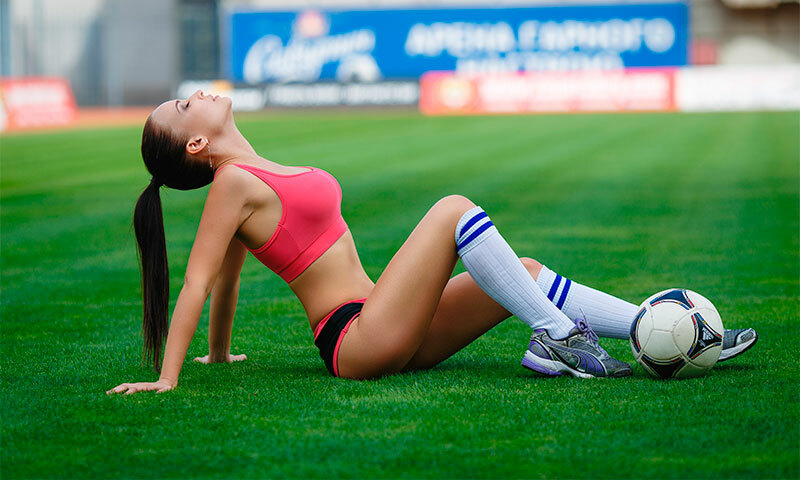
Contents:
- The best manufacturers of soccer balls - which company to choose
- The principle of operation and the device of a soccer ball
- Varieties of soccer balls
- Parameters of a choice of soccer balls
- What soccer ball to choose
- How much does a soccer ball
The best manufacturers of soccer balls - which firm to choose
On domesticmarket there is a large selection of footballs from a variety of manufacturers, including Russian. Of course, products from famous brands deserve more respect and trust from consumers. Such firms often produce goods for the largest sporting events. All their products are certified, meets all standards and is tested by numerous tests. Let the price of these footballs be more expensive, but their quality characteristics and longevity at times exceed what budget models have.
For readers who do not have the opportunity to go deeper into the material, we offer a list of the most popular brands to date:
1. Select
2. Adidas
3. Puma
4. Nike
5. Joma
Allthe listed companies are engaged in the release of soccer balls for different categories. Their assortment of rulers are quite extensive, so everyone can find the right option for themselves. To all those who are looking for specific models, we recommend you familiarize yourself with our rating of the best footballs.
Principle of operation and the device of a soccer ball
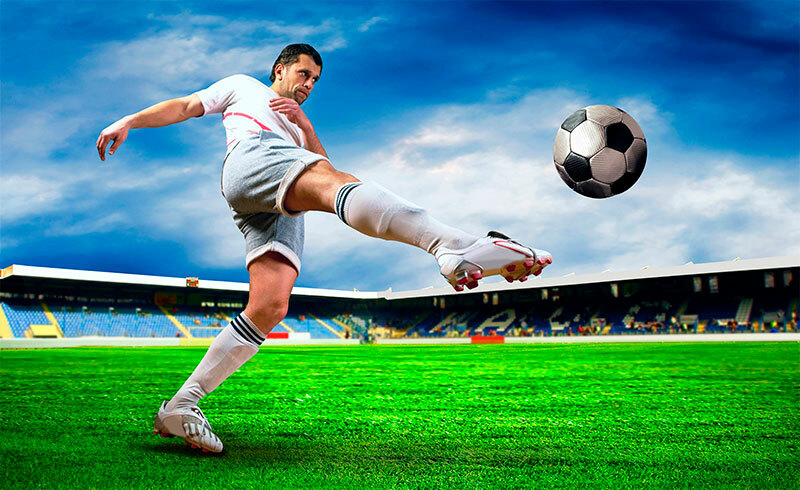
The ball, which is played in football, is called football. This ball should be made in such a way as to meet the specially established game rules. It consists usually of three elements: tires, chambers and linings. The camera in modern models is made of synthetic materials, and not of leather, as it was originally.
Usually, the outer layer is a cellular structure. There are thirty-two panels, twenty of which have the form of a hexagon, and twelve others a pentagon. These panels are connected by either a thread or glue. The important game properties depend on the method of connection.
That design of the soccer ball, which we already used to see, was in the fifties proposed by one of the famous manufacturers, the company Select. It was then that they first realized a stylistic solution with black and white colors that have already become an integral part of the ball for football. Different companies in the assortment have a variety of different models, where the number of panels varies, and hence the seams. The less of them the ball has, the more circular it has, the more moisture resistant.
Types of soccer balls
Professional
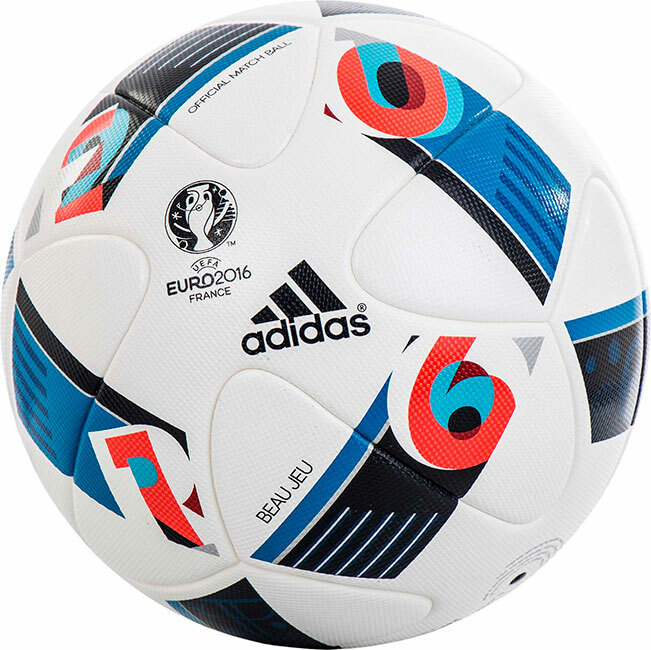
Professional soccer balls are used to conduct team games of a high level. The constructions of such balls are developed very carefully, even with the involvement of professional football players. It is necessary, that the finally accepted variant could maximize reveal skill of sportsmen.
Similar balls are among the most expensive, as the highest quality materials are used for their manufacture. The technology of production passes with the obligatory observance of the chosen design and test characteristics. Bounce, shape, trajectory, balance, speed, moisture absorption must meet all necessary standards.
Pluses:
- careful development,
- quality materials,
- exclusive design,
- keeping balance of the most important characteristics.
Disadvantages:
- high cost,
- is suitable only for professional games.
Match
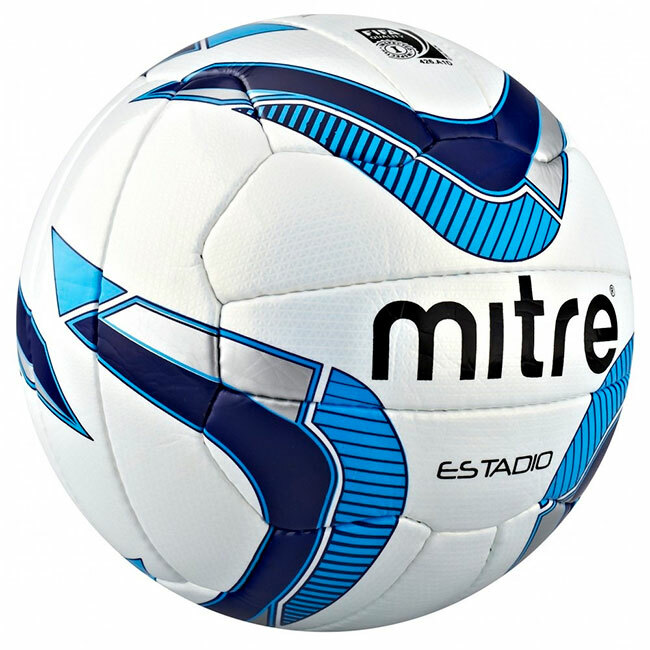
Match balls, as the name implies, are issued specifically for carrying out football games on any type of field. The price category of these balls is slightly lower than that of professional, but higher than that of training. Match models are made in full accordance with the officially accepted values of size, shape, weight and other. Such balls must necessarily meet all the requirements for different levels of games, fit almost all age groups. Advantages:
- are made of high-quality materials,
- meet the standards of FIFA,
- can be used on all grass coverings( artificial and natural),
- are suitable for many age groups.
Disadvantages:
- rather big price,
- not suitable for amateur football.
Training
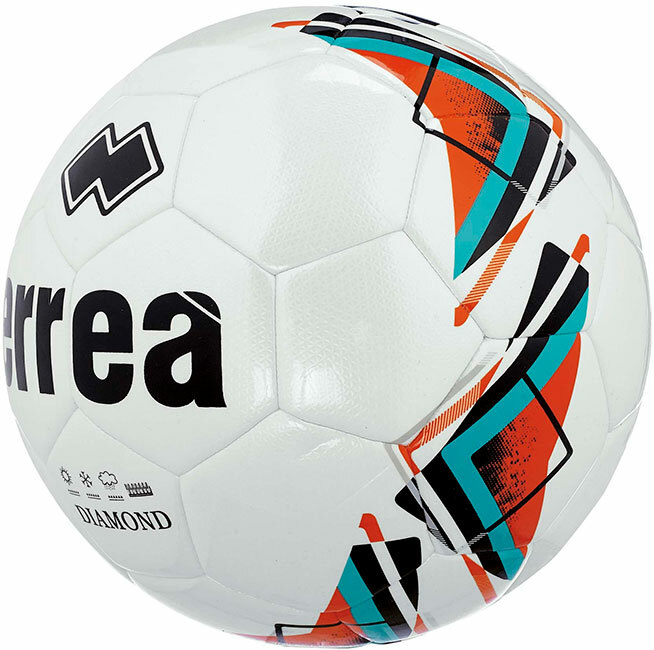
The cost is much lower than for professional and match balls. Training models are produced from cheaper and lower-quality materials, most often polyvinyl chloride. Panels are usually interconnected by a thermal processing method. A feature of training balls is the ability to withstand many shocks. Play ball is comfortable even on very hard surfaces.
Advantages:
- reasonable cost,
- are suitable for all types of surfaces,
- is used by amateur players of different levels of training and age groups.
Disadvantages:
- if cheap material is used, then low wear resistance.
For closed areas
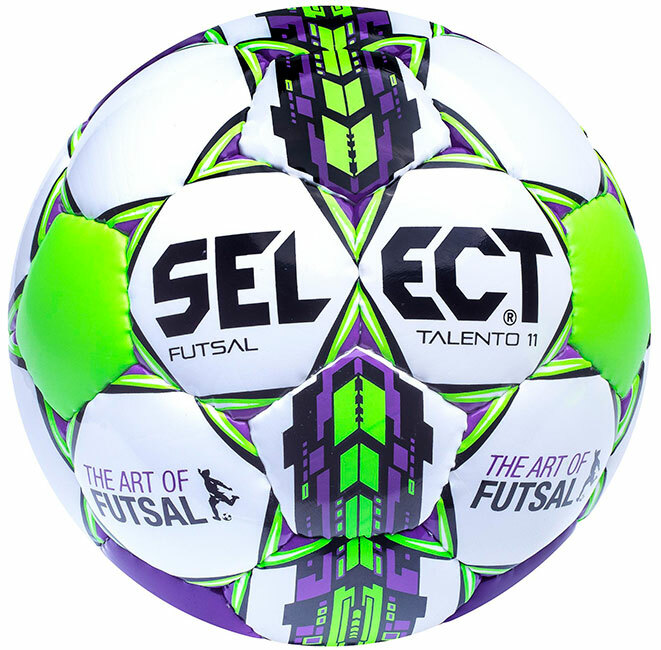
Balls for enclosed grounds resemble futsal. Their difference from classic football is that they have a low rebound. Balls can also have a tire with a pile that resembles a tennis pile. The size of models from 3,6 to 4. Suitable for use when playing mini-football.
Advantages:
- average price,
- good quality materials,
- high strength and durability.
Disadvantages:
- is suitable only for closed areas.
For beach football
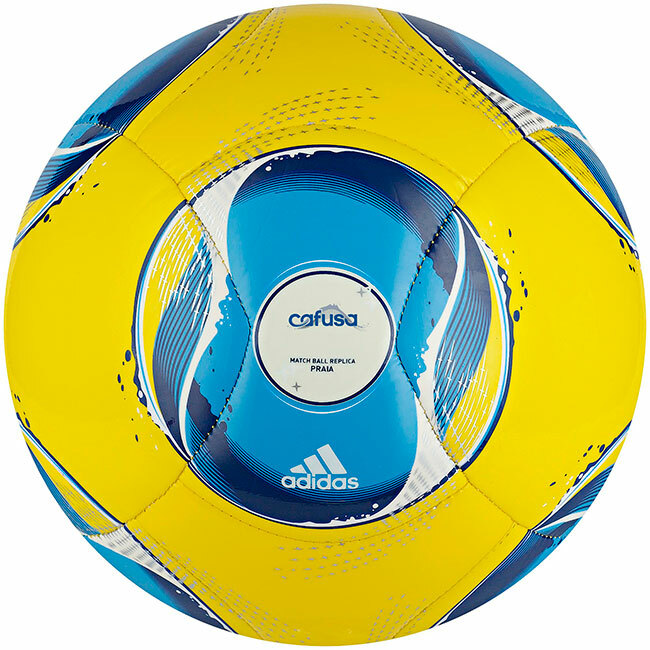
Football balls for playing on the beach are designed taking into account the fact that they will be used on the sandy surface. Models of much softer materials are made. This is important for the player to feel comfortable during the contact of the bare foot with the ball. Most often they are made in such a way that either do not let the moisture in, or minimize its passage.
Advantages:
- inexpensive,
- are made of durable and soft polyurethane,
- are comfortable in the game barefoot.
Disadvantages:
- is suitable only for beach games.
Options for selecting soccer balls
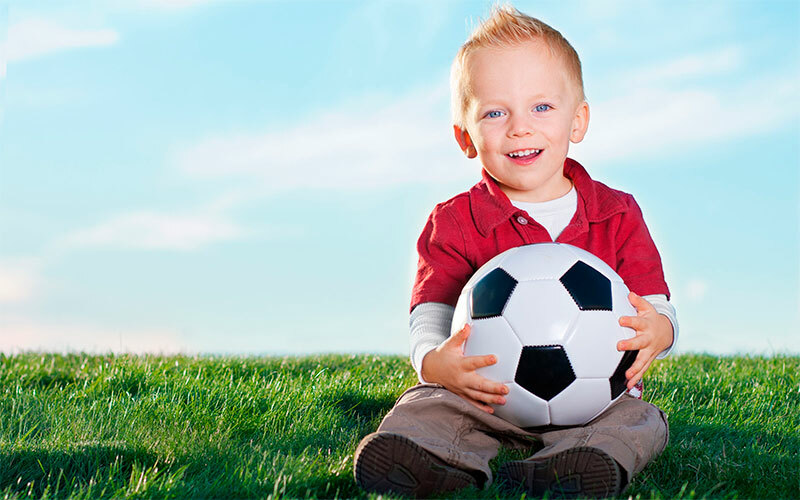
Size
There are several sizes that are mainly needed for dividing soccer balls into age groups:
1. For children under eight, the third dimension is intended where the weight ranges from 310 to 340 grams, and the circumference from57 to 60 cm
2. The fourth size is designed for young people up to twelve years. Here the weight of the ball is from 340 to 368 grams, and the circumference from 62 to 65 cm.
3. The largest is the fifth size. He, accordingly, will suit everyone who is older than twelve. Its weight is approximately 396-453 gr., And the circumference of the circumference is 67-70 cm.
The method of stitching
There are three ways of stitching soccer balls:
1. Machine
Machine stitching is less quality, as there are loose loops, which breaks the fit of the camera, which means that the elasticity of the ball is lowered. With this stitching, nylon threads are used, and the seams are always visible. The service life of such products is small, because the seams are often damaged and creep.
2. Manual
Manual stitching is much stronger, but this is reflected in the price. With it, the balls last longer, because all the corners are additionally secured with knots. If a rupture occurs, the seam does not spread, as it is limited by these nodules. The only thing to take into account, using such balls, are recommendations for inflating, so as not to pump the product.
3. Adhesion
Adhesive is not very popular in production. Usually it is used in budget models.
Camera
The camera needs a ball to maintain a constant level of air pressure. Usually it is made of butyl or latex. The first option is stiffer, it is more difficult to calculate the trajectory of the ball, but butyl retains the skin better. Latex also improves the stability of the trajectory, but products often need pumping. Engineers came up with an alternative version of the camera, which is made of latex with a special valve from butyl.
Tire material
Initially, in soccer balls, the tire was made of genuine leather. Now it is completely replaced with polyurethane and polyvinylchloride. The first option is considered a better material for balls, as it is very similar to the skin, has durability and high strength. The second option is most often used for cheap balls, for example, for training models or those designed for indoor games. Glossy coating on the balls serves as a barrier to moisture.
Lining material
Lining is located between the tire and the camera. It provides the correct shape, the necessary weight and elasticity, is usually made of artificial fabric or foam. There is also a variant of a non-woven fabric impregnated with a special polyurethane resin. This lining increases the water-repellent properties of the ball and its elasticity.
Which soccer ball to choose
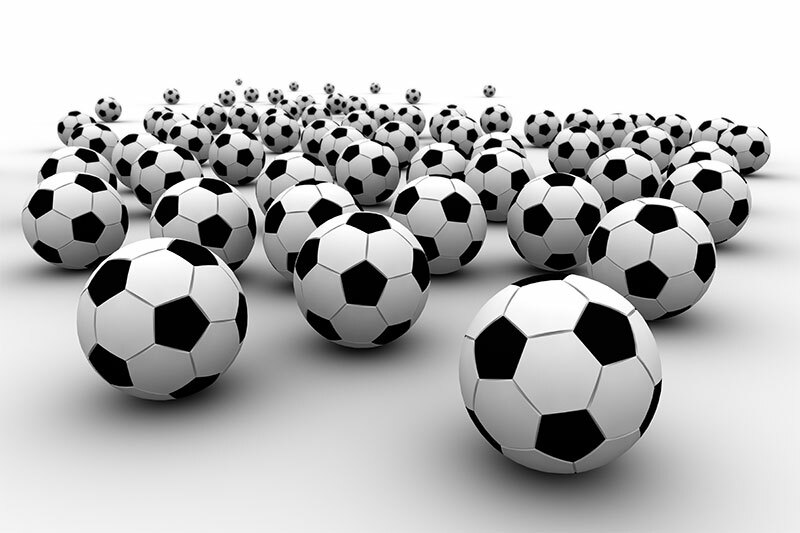
1. When choosing a soccer ball, the first thing to consider is where they will play. Professional and match perfectly show themselves on any grass coverings. For closed spaces with hard coating, you should purchase special models, just like for beach football.
2. The next important criterion is the age of the player or team. If the ball is intended for children under eight, then you need to purchase a third size, for the older group, up to twelve - the fourth, and for the adults - the fifth.
3. Models with manual stitching will last very long, but with the machine will cost less.
4. It is better to choose a mixed chamber, made of latex with a butyl valve.
5. The tire material is uniquely polyurethane, and the lining is a non-woven fabric impregnated with polyurethane resin. Such a ball will be durable, it will last a very long time, while retaining all the original characteristics, which often affects the quality of the strokes, and hence the whole game.
How much does a soccer ball

1. Inexpensive variant of a soccer ball will cost in the amount of 800 to 1.500 thousand rubles. For such a cost, you can buy a ball for beach football, indoor activities or a training option.
2. A bit more expensive, from 2 to 4 thousand rubles, there are models of training balls made of polyurethane.
3. Match balls are sold for about 4 - 7 thousand p. They are distinguished by their high strength, interesting design, careful development.
4. Professional soccer balls are one of the most expensive. For them it is necessary to give an average of 5 to 10 thousand p, or even more. They should be purchased only by high-level players, we do not recommend to overpay fans.
